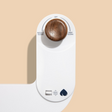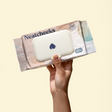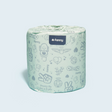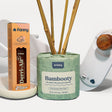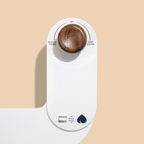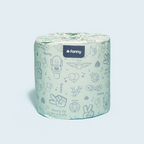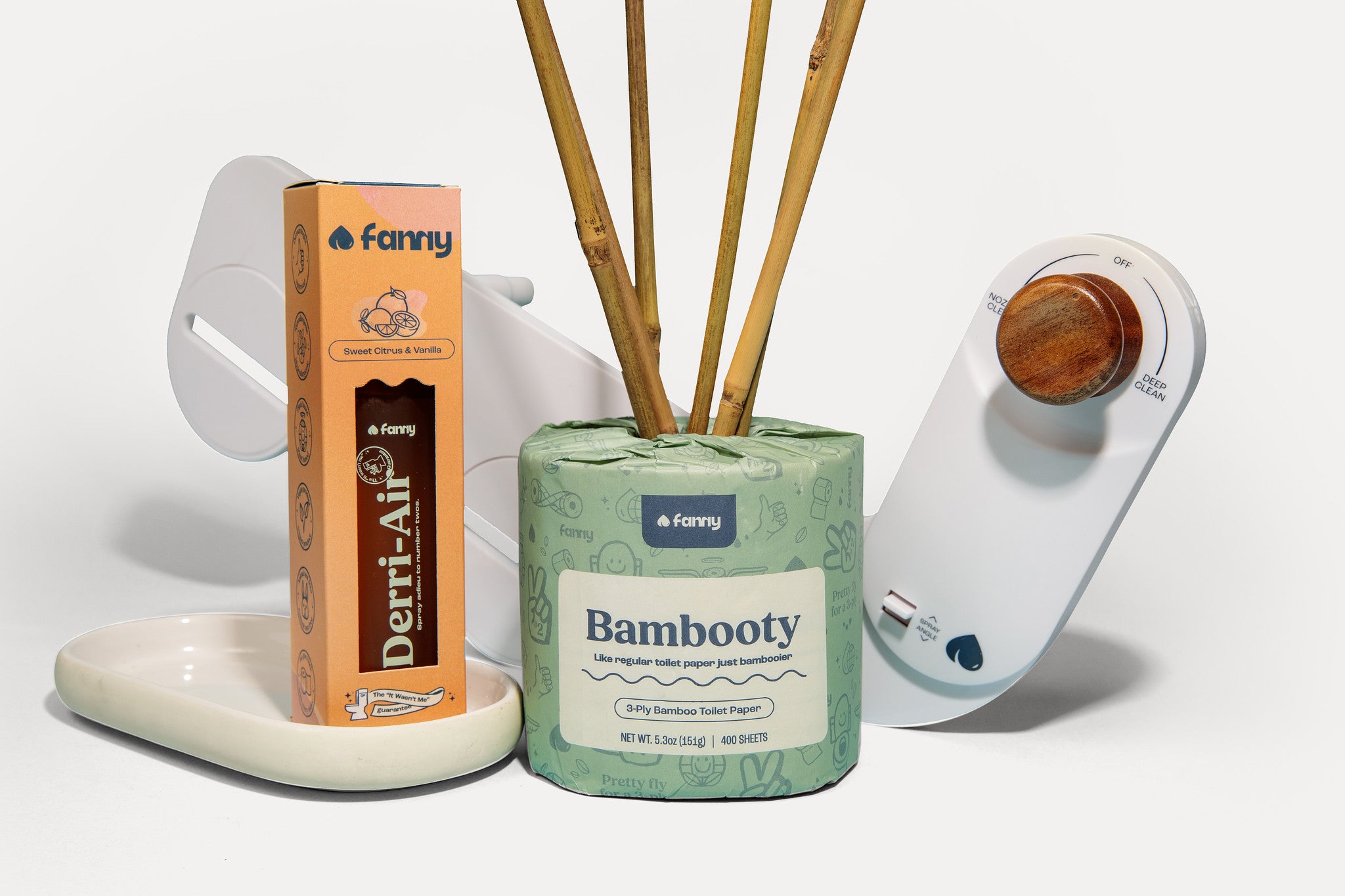Bidets Across the Globe: Why the U.S. Still Wipes While Europe and Asia Lead the Wash
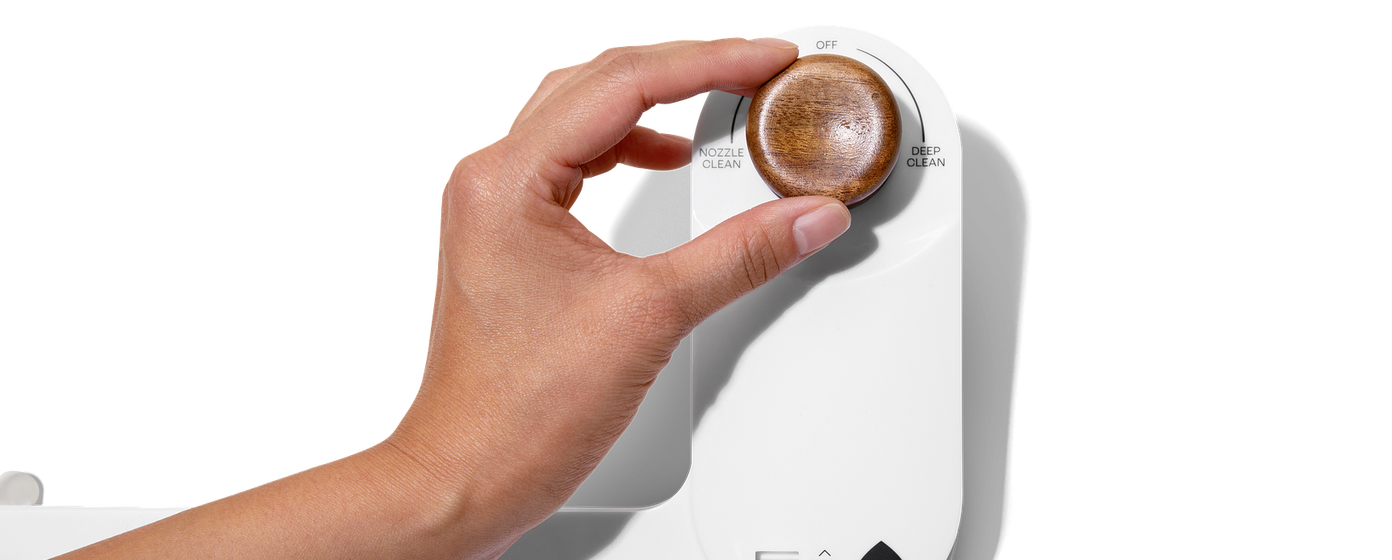
The bidet is that strange and magical bathroom fixture most Americans only encounter while traveling abroad or watching European bathroom tours on YouTube. While Europe and Asia have long embraced bidets as the gold standard of cleanliness, the U.S. remains stubbornly attached to toilet paper, clinging to its toilet paper rolls like a lifeline. But is this really the best we can do?
Let’s explore why Americans are so behind in the bidet game, and how Europe and Asia have made water-based cleaning an essential part of modern hygiene.
Europe: The Birthplace of the Bidet
Europe’s love affair with the bidet dates back to 1710, when it was first invented in France. The term “bidet” itself comes from the French word for “pony,” as users are meant to sit astride it. Originally designed as a standalone fixture for the aristocracy (because even Marie Antoinette wasn’t above hygiene), the bidet eventually found its way into mainstream European bathrooms.
By the Numbers in Europe:
- In Italy, over 97% of households have a bidet. They’re so ingrained in Italian life that they’re mandated in all newly constructed homes by law.
- In Spain, bidets are standard in most homes, with over 60% of households equipped with them.
- Even in France, where the bidet was born, modern bathrooms often incorporate bidet attachments or fixtures.
While bidets have traditionally been standalone fixtures, newer, more compact designs like bidet seats and attachments(Fanny bidet) have made them even more common in recent years. Northern Europe, which has been slower to adopt, is now seeing a surge in bidet use, driven by younger generations and increasing environmental awareness.
Asia: The Masters of Bidet Technology
Asia took the concept of the bidet and turned it into an art form. Japanese toilets are legendary for their futuristic features, and it’s no exaggeration to say they’ve set a global standard.
By the Numbers in Asia:
- In Japan, 80% of households have high-tech bidet-toilets, also known as washlets.
- South Korea is another leader, with bidets becoming increasingly popular, especially in urban homes.
- Taiwan and Singapore also boast widespread bidet usage, often integrated with smart home systems.
Japanese bidet-toilets don’t just clean, they pamper. Heated seats, deodorizing functions, adjustable water temperature, and even UV sanitation for the toilet bowl make these devices feel more like luxury spas than mere bathroom fixtures. Public restrooms in Japan frequently include bidets, ensuring hygiene for all.
Cultural Impact:
In many Asian cultures, cleanliness is not just a preference but a societal expectation. Using water to clean after using the toilet is considered more thorough and respectful, aligning with long-standing traditions of personal hygiene.

The U.S.: Still Team Toilet Paper
So why is America so far behind in the bidet revolution? While Europe and Asia have evolved their bathroom habits, the U.S. remains stubbornly stuck in the 20th century. Here are the main reasons:
- Cultural Resistance
Let’s face it: Americans can be squeamish about anything that challenges their norms. The idea of spraying water on your nether regions might seem “weird” or “foreign” to many, despite the fact that it’s demonstrably cleaner than smearing with dry paper.
- Big Toilet Paper
Americans spend a staggering $11 billion annually on toilet paper. With that kind of money at stake, it’s no wonder the toilet paper industry has been slow to promote bidets as an alternative.
- Historical Roots
The U.S. has a historical aversion to bidets, often associating them with European decadence or even immorality. During World War II, American soldiers encountered bidets in French brothels and mistakenly linked them to vice, cementing a lasting cultural bias.
- Infrastructure Challenges
Older U.S. homes often lack the plumbing required for standalone bidets. While modern bidet attachments(Fanny bidet) are affordable and easy to install, many Americans are simply unaware they exist.
Environmental Impacts: Paper vs. Water
Here’s a fact that might make you rethink your bathroom habits: Americans use approximately 37 billion rolls of toilet paper annually, which requires cutting down 15 million trees and consuming 473 billion gallons of water for manufacturing. Compare that to a Fanny bidet, which uses only about 1/8th of a gallon of water per use, and the environmental argument becomes hard to ignore.
In Europe and Japan, the shift to bidets has significantly reduced toilet paper usage, making them a more sustainable choice. A single household can save hundreds of dollars per year on toilet paper by switching to a bidet, money that could be better spent on literally anything else.
Real-World Examples of Bidet Adoption
The COVID-19 Effect:
During the infamous toilet paper shortages of 2020, Americans panicked as store shelves were stripped bare. Meanwhile, bidet-owning households smugly enjoyed uninterrupted hygiene. Bidet sales jumped tenfold as desperate Americans sought alternatives.
Tech Giants Get Involved:
Some Japanese bidet powerhouses made strides to introduce their products in the U.S., even partnering with major retailers like Home Depot and Amazon. The push has led to growing awareness, particularly among eco-conscious millennials and Gen Zers.

Why the U.S. Should Embrace Bidets
Let’s break it down:
- Hygiene: Water is simply more effective at cleaning than dry paper. This isn’t a controversial statement, it’s basic science.
- Comfort: Bidets are gentler on sensitive skin, reducing irritation for people with conditions like hemorrhoids, eczema, or postpartum recovery needs.
- Cost Savings: A bidet attachment costs as little as $30 and can save you hundreds of dollars on toilet paper annually.
- Environment: Using a bidet reduces toilet paper waste, saving trees and cutting down on water and energy consumption during manufacturing.
Time to Wash, America
The evidence is clear: Europe and Asia have embraced bidets as a cleaner, greener, and more comfortable alternative to toilet paper. Meanwhile, the U.S. clings to outdated habits, spending billions on a product that doesn’t even get the job done properly.
It’s time for Americans to take the plunge, literally. With affordable options and growing awareness, there’s never been a better time to join the Fanny bidet revolution, especially considering that only about 1% of American households currently have a bidet installed.
